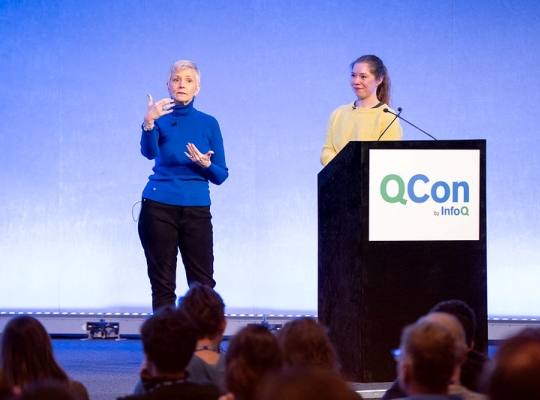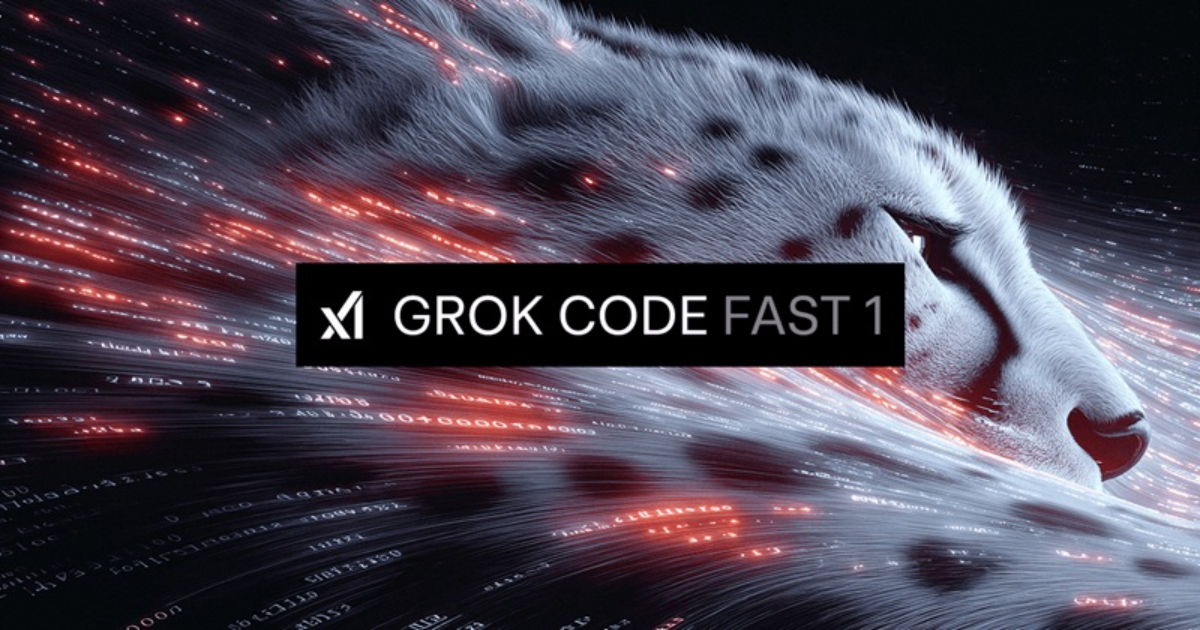Codetown
Codetown ::: a software developer's community
What is vibe coding?
Vibe coding isn’t a formal technical term, but it’s become a slang or colloquial expression among programmers and tech communities—especially on social media and in creative coding circles.
What “vibe coding” usually means:
- Coding based on intuition or feel
Instead of rigidly planning everything out, you’re:- Freestyling as you code
- Trusting your gut
- Letting ideas evolve naturally
- Following the “vibe” of what feels right in the moment
- Flow state or artistic mindset
It’s often associated with being in a flow, where:- You’re fully immersed in the process
- You’re experimenting and playing with ideas
- You might not be solving a defined problem—just exploring
- Aesthetic-driven coding
Especially in creative coding (e.g. making generative art, animations, visuals with tools like p5.js, Processing, or shaders), vibe coding can mean:- Writing code to produce visually interesting or aesthetically pleasing results
- Not optimizing or following best practices strictly
- Prioritizing vibes over efficiency
- Non-serious, low-stakes projects
It often happens during:- Hackathons
- Side projects
- Late-night tinkering
- “Coding for fun” rather than for work
Example in practice:
“I didn’t plan this out—I just started vibe coding and ended up with this weird little game that turns your keyboard into a synth.”
So, vibe coding is more about the mindset and approach to coding than any particular language or framework. It’s spontaneous, creative, and informal.
credit: ChatGPT
Notes
Welcome to Codetown!
 Codetown is a social network. It's got blogs, forums, groups, personal pages and more! You might think of Codetown as a funky camper van with lots of compartments for your stuff and a great multimedia system, too! Best of all, Codetown has room for all of your friends.
Codetown is a social network. It's got blogs, forums, groups, personal pages and more! You might think of Codetown as a funky camper van with lots of compartments for your stuff and a great multimedia system, too! Best of all, Codetown has room for all of your friends.
Created by Michael Levin Dec 18, 2008 at 6:56pm. Last updated by Michael Levin May 4, 2018.
Looking for Jobs or Staff?
Check out the Codetown Jobs group.
InfoQ Reading List
FerretDB Cloud: Open Source Alternative to MongoDB Atlas?

FerretDB has recently announced the availability of FerretDB Cloud, a managed MongoDB-compatible database service built on open source DocumentDB. Targeting developers seeking the first cross-cloud DocumentDB-based solution and an alternative to MongoDB Atlas, FerretDB Cloud is currently available on AWS only.
By Renato LosioPresentation: The Friction Fix: Building Collaborative Relationships Between Teams

Diana Montalion and Cat Morris discuss why large-scale transformations often fail, pinpointing six systemic friction points. They explain how architects can drive change by understanding organizational systems, designing knowledge flow, and architecting relationships. They argue that focusing on outcomes, managing resistance, and adopting a learning-driven mindset are critical to success.
By Cat Morris, Diana MontalionxAI Releases Grok Code Fast 1, a New Model for Agentic Coding

xAI introduced grok-code-fast-1, a model developed specifically for agentic coding workflows.
By Daniel DominguezGoogle Spanner Unifies OLTP and OLAP with Columnar Engine

Google Spanner now features a columnar engine, allowing its distributed database to handle both OLTP and OLAP workloads on a single platform. This hybrid architecture eliminates the need for separate data warehouses and ETL pipelines. The engine's columnar storage and vectorized execution accelerate analytical queries up to 200x on live data, which is especially beneficial for AI applications.
By Steef-Jan WiggersArticle: Virtual Panel: How Software Engineers and Team Leaders Can Excel with Artificial Intelligence

Artificial intelligence is impacting the individual work of software developers, how professionals work together in teams, and how software teams are being managed. In this panel, we'll discuss how artificial intelligence is reshaping software development, and what mindset and skills are required for software developers and engineering leaders to become adaptable and resilient in the age of AI.
By Ben Linders, Courtney Nash, Mandy Gu, Hien Luu
© 2025 Created by Michael Levin.
Powered by
![]()
You need to be a member of Codetown to add comments!
Join Codetown